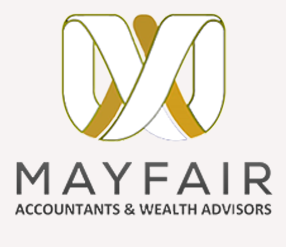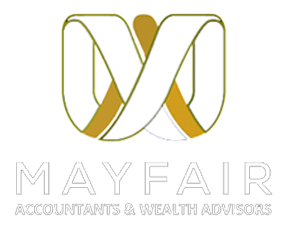The threshold for registration is the amount you make in a calendar year, which is calculated on the date you reached that threshold. This threshold is usually £85,000 or more. If your business exceeds this amount, you will need to register for VAT. There are a number of factors that will determine when you should register for VAT, but you should monitor your monthly sales. If you’re nearing this threshold, you need to register for VAT.
To register for VAT, your business must make taxable supplies. These are goods and services sold by a business to consumers or businesses. The threshold varies for different types of businesses, but it generally applies to sole traders, limited companies, partnerships, and commercial enterprises. The amount of taxable supplies depends on the number of products or services you sell. If your turnover or sales exceed this threshold, you must register for VAT with HMRC.
To register for VAT, you must have taxable sales of at least £85,000 a month. You can also charge your customers the same amount as you do for your products and services. However, it is important to be aware of the threshold for VAT – the higher the threshold, the more you need to register. You can register for VAT as early as January to avoid any penalties. In addition, if your turnover is higher than the threshold, you must be registered by the end of the year.
If your annual turnover is low, you may be able to cancel your registration without penalty. If your turnover is high enough, you can join a VAT group that accounts for your VAT. In this way, you can account for both goods and services with a single registration number. If your business is no longer trading, you can deregister yourself by filling out a VAT7 form. If you’re unsure whether or not you should register, contact HMRC’s VAT helpline to learn more about the process.
To register for VAT, you need to have a Government Gateway account. You must have a Government Gateway account to use the online service. In addition, you can create a VAT account in other countries. Once you’ve completed the registration process, you must raise the total invoice and add the VAT amount. Your customers can then claim the VAT amount on their purchases. If your total invoice is too high, you can apply for a refund.
If your business needs to register for VAT, you need to have a VAT account. You will need to have a VAT account to be able to claim your VAT taxable turnover. To become VAT-registered, you need to earn at least £85,000 in a calendar year. If your taxable turnover is lower, you should consider setting up a VAT exemption and pay the VAT on the additional costs.
Depending on the size of your business, you may need to register for VAT. If your turnover is less than £85,000, you must still register for VAT. If you’re in a small business, you don’t need to have a VAT account because you can’t claim any tax back. If you’re a contractor, you need to pay VAT on the services you’ve provided to the public.
The threshold is different for non-resident and resident companies. If your turnover is higher than £85,000, you will need to register for VAT. Using the VAT online service will make it easier to manage your company. You’ll need to know the threshold amount for your business. If you’re a greengrocer, you may want to register for VAT. For the past two tax years, you must register for VAT if you’ve sold a certain amount of goods or services to the public.
If you own a business, you should register for VAT. Even if you’re not VAT-registered, you’ll need to set up a VAT online account. It’s important to create an account for your business, as it is necessary for any other type of business to do. You’ll need to provide the required information and details about your company in order to receive your certificate.


